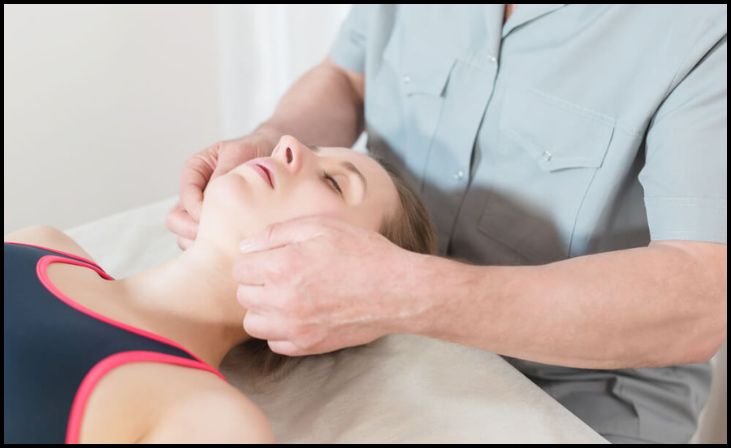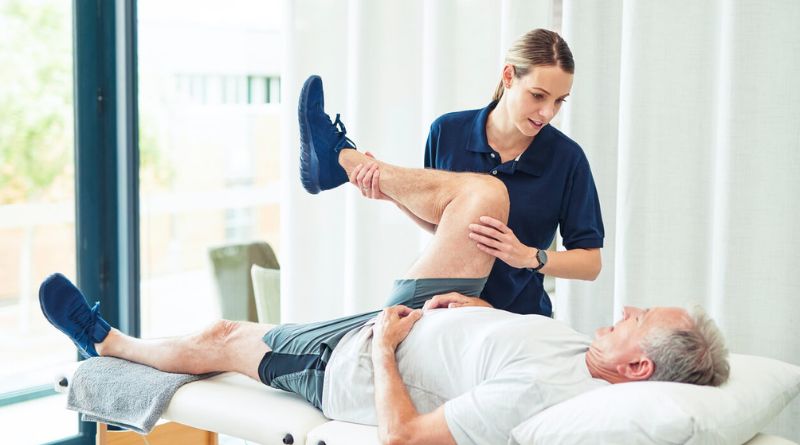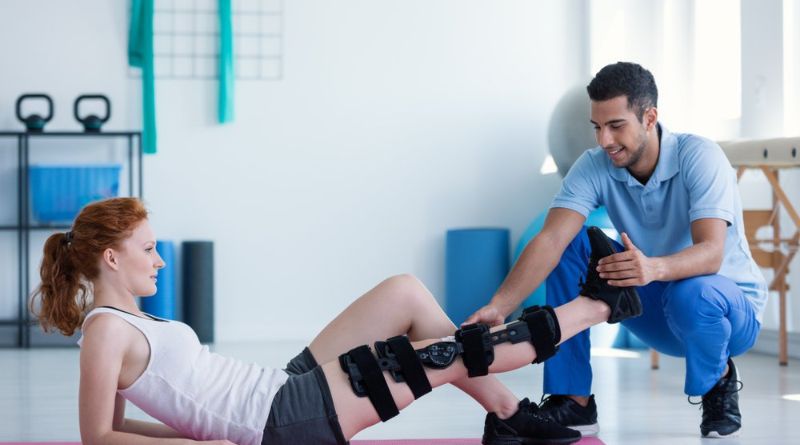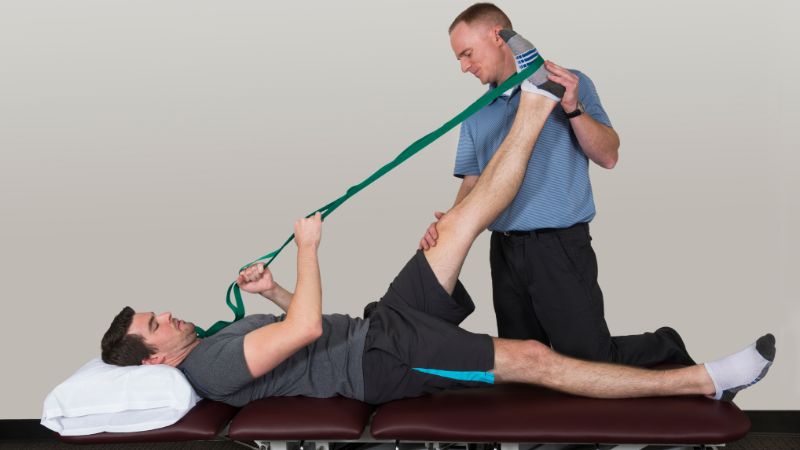Discover the top physical therapy techniques for managing jaw pain and Temporomandibular Joint (TMJ) disorders, conditions that can significantly impact daily life by causing discomfort, headaches, and difficulty with chewing or speaking. Physical therapy offers non-invasive and effective approaches to alleviate these symptoms, improve jaw function, and enhance overall quality of life. Through targeted exercises, manual therapy, and patient education, physical therapists work to reduce pain, increase jaw mobility, and address underlying issues contributing to TMJ disorders. This blog explores the eight best physical therapy techniques for jaw pain and TMJ disorders, providing insights into how these interventions can help you achieve lasting relief and better jaw health.
Best Physical Therapy For Jaw Pain And TMJ Disorders
1. Manual Therapy Techniques

Manual therapy techniques are a cornerstone of physical therapy for jaw pain and TMJ disorders. These techniques involve hands-on manipulation of the muscles and joints to reduce pain, improve mobility, and correct alignment issues. Therapists use methods such as soft tissue mobilization, which targets the muscles around the jaw to release tension and reduce muscle spasms. Joint mobilization, another key technique, involves gentle movements to increase the range of motion in the temporomandibular joint (TMJ). By addressing muscle tightness and joint stiffness, manual therapy helps alleviate symptoms and improves overall jaw function, making daily activities like eating and speaking more comfortable.
Also Read– 10 Best Physical therapy techniques for carpal tunnel syndrome
2. Therapeutic Exercises
Therapeutic exercises specifically designed for TMJ disorders are crucial in strengthening the muscles around the jaw, improving flexibility, and enhancing joint stability. These exercises often include gentle jaw stretches to reduce tightness, strengthening exercises for the jaw muscles, and movements that promote better coordination and function. For example, controlled opening and closing of the mouth, side-to-side jaw movements, and resistance exercises using a finger or tongue depressor can help. Regularly performing these exercises, as prescribed by a physical therapist, helps maintain muscle balance, reduces pain, and prevents the recurrence of TMJ symptoms.
3. Postural Training
Postural training is essential for individuals with TMJ disorders, as poor posture can exacerbate jaw pain and dysfunction. Physical therapists educate patients on maintaining proper head, neck, and shoulder alignment to reduce strain on the jaw muscles and joints. Techniques include ergonomic adjustments for daily activities, such as computer work and sleeping positions, and exercises to strengthen the postural muscles. Correcting posture helps decrease tension in the neck and shoulder muscles, which can contribute to jaw pain. By promoting good posture habits, physical therapy aids in long-term management and prevention of TMJ disorders.
4. Relaxation Techniques

Relaxation techniques are integral to managing TMJ disorders, as stress and anxiety can increase muscle tension and pain in the jaw area. Physical therapists teach patients various relaxation strategies, including deep breathing exercises, progressive muscle relaxation, and mindfulness meditation. These techniques help reduce overall muscle tension and promote relaxation of the jaw muscles. Biofeedback, which uses electronic monitoring to help patients learn how to control physiological functions, can also be employed to reduce stress-related jaw clenching or grinding. Implementing relaxation techniques into daily routines can significantly alleviate TMJ symptoms and improve overall well-being.
5. Heat and Cold Therapy
Heat and cold therapy are simple yet effective methods to manage pain and inflammation associated with TMJ disorders. Applying heat to the jaw area helps relax tight muscles and increase blood flow, promoting healing and reducing discomfort. Conversely, cold therapy can reduce inflammation and numb acute pain. Physical therapists often recommend alternating between heat and cold applications, or using one method based on the specific symptoms. For instance, heat therapy might be more beneficial for chronic muscle tension, while cold therapy is more effective for acute inflammation or injury. These therapies provide immediate relief and complement other physical therapy interventions.
6. Ultrasound Therapy
Ultrasound therapy is a non-invasive treatment used to alleviate pain and promote tissue healing in TMJ disorders. This technique involves the application of high-frequency sound waves to the affected area, generating deep heat within the tissues. The heat produced helps increase blood circulation, reduce muscle spasms, and enhance tissue repair. Ultrasound therapy can also improve the elasticity of the jaw muscles and ligaments, facilitating better joint mobility. Physical therapists use ultrasound therapy as part of a comprehensive treatment plan to provide relief from pain and enhance the effectiveness of other therapeutic exercises and manual techniques.
7. Electrical Stimulation
Electrical stimulation, or e-stim, is another effective physical therapy technique for managing TMJ disorders. This method uses low-level electrical currents to stimulate the muscles and nerves in the jaw area. Electrical stimulation helps reduce pain, decrease muscle spasms, and improve blood flow to the affected region. Therapists may use transcutaneous electrical nerve stimulation (TENS) or neuromuscular electrical stimulation (NMES) depending on the specific needs of the patient. E-stim can be particularly beneficial for patients with chronic pain or significant muscle tightness, providing relief and improving the overall function of the jaw.
8. Education and Self-Management Strategies

Education and self-management strategies are vital components of physical therapy for TMJ disorders. Physical therapists empower patients with knowledge about their condition, including the causes, symptoms, and effective management techniques. Patients learn how to avoid triggers, perform home exercises, and apply self-care techniques such as heat or cold therapy. Education on proper diet, avoiding hard or chewy foods, and stress management can also be beneficial. By understanding their condition and how to manage it, patients can take an active role in their recovery, leading to better long-term outcomes and reduced recurrence of TMJ symptoms.
Conclusion
In conclusion, physical therapy offers effective solutions for managing jaw pain and TMJ disorders through a combination of targeted exercises, manual therapy, and educational interventions. By addressing the root causes of TMJ issues and promoting better jaw function, physical therapists help patients achieve significant pain relief and improved quality of life. Whether dealing with chronic jaw pain or acute TMJ symptoms, seeking the guidance of a skilled physical therapist can provide the necessary tools and techniques to manage your condition effectively. Invest in your jaw health today and experience the benefits of specialized physical therapy for TMJ disorders.
FAQs
What are common symptoms of TMJ disorders?
Common symptoms of TMJ disorders include jaw pain or tenderness, clicking or popping sounds when opening or closing the mouth, difficulty chewing, headaches, and limited range of motion in the jaw. Some individuals may also experience ear pain, facial pain, or locking of the jaw joint.
How does physical therapy help with TMJ disorders?
Physical therapy helps with TMJ disorders by addressing muscle imbalances, improving jaw alignment, and reducing inflammation. Techniques such as manual therapy, specific jaw exercises, and patient education on proper jaw mechanics and posture can alleviate pain, restore normal jaw function, and prevent further complications.





